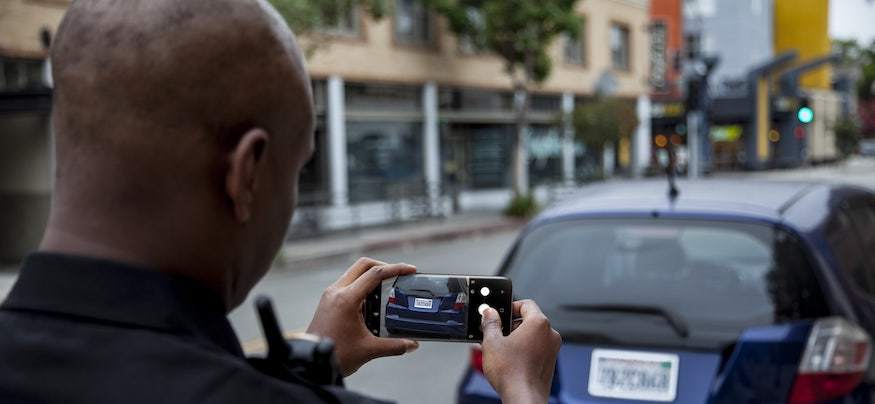Public safety agencies are increasingly using social media to engage their citizenry and help them to fight crime. Although social media is a relatively new crime fighting tool, there is significant history regarding citizens assisting the police with information, through organizations such as Crime Stoppers International.
A 2016 national survey conducted by the Urban Institute and jointly published with the International Association of Chiefs of Police found that of the more than 500 responding law enforcement agencies, 91 percent use social media to notify the public of safety concerns and 89 percent use the technology for community outreach and citizen engagement.
Many police detectives have long thought it best to keep details of a case secret and only involve the public when traditional investigative methods were unsuccessful. However, the reach and immediacy of social media just can’t be ignored, and many agencies are now frequently using social media to help them address all types of crimes, including relatively common crimes that would otherwise go unresolved.
In Post Falls, Idaho, Police Chief Scot Haug notes that his agency is now posting information on multiple crimes every week on Facebook. “We had previously relied on traditional news outlets, but only for the most serious crimes,” he said. “We’ve only got a handful of investigators, and social media allows us to get help on all types of crime at a level of engagement that we could never expect from news agencies. It works because our citizens want to be part of what we do.”
Haug acknowledges that his investigators initially balked at putting out suspect information on higher profile cases. That changed after an armed robbery suspect was located just four hours after the chief directed that a surveillance photo be posted on Facebook. Thanks to a citizen’s tip, the suspect was arrested at an airport, waiting to board a flight to take him out of state. “The community has a role and a responsibility in helping us solve these crimes,” Haug said. “We need their involvement and we use social media as a very effective force multiplier.”
Haug points out that social media should provide two-way benefit because the community expects to be kept informed. “We often post breaking news, such as power outages, on Facebook and Twitter,” he explained. “We tell them what we know and what to expect. It’s really cut down on the deluge of calls that usually accompany these events.” Whenever practical, Post Falls PD also posts photos and videos from the field — something that agencies with a robust smartphone program should consider.
Building the Relationship
Departments need to be strategic in their social media efforts, explains Lauri Stevens, a social media expert who runs the international SMILE Conference. “Agencies should actively engage their community and build a relationship,” she says. “It’s an investment that will provide returns when you need them.”
Stevens says it takes commitment and recommends that social media be an actual assignment within the organization — not just an afterthought. “Citizens want information, but they also want you to listen,” she says.
The benefits of crowdsourcing are significant, but agencies have a responsibility to develop policy, relevant training and appropriate security protocols. Department policy should clearly define who manages the social media effort. Some organizations require any social media post to go through a central person or office. Others train a core group of trusted personnel who operate within given parameters and make regular posts to keep the community informed. Both approaches can work — but clear policy and training are required.
Securing Citizens’ Trust
Aside from developing a social media policy, agencies also need to consider a technology component. Smartphones are an effective way for officers to engage in social media and stay engaged with the public. However, those same smartphones typically have applications or access to information that require a level of protection and security. Agencies need to find a way to safeguard this sensitive data and prevent unauthorized data access. When it comes to crowdsourcing security, citizens expect protection, especially with anonymous tips.
Ensuring device security allows officers to engage with social media and have confidence that sensitive data will be properly protected. Samsung smartphones feature Knox, which built into the device itself and provides hardware-level protection. Knox is a TrustZone-based, defense-grade security platform that isolates and encrypts data so it can safely exist on a device that also has personal applications. Using Knox solutions to configure, deploy and manage a smartphone program provides a high level of protection, and is also beneficial for streamlined rollout and long-term maintenance.
Citizens want to play a role in public safety and the police have a responsibility to keep them reasonably informed. Properly utilized, social media can serve as a true force multiplier for today’s law enforcement agencies, ultimately improving community relations and solving more crimes.
See what ways smartphones can help improve officer safety and information access.








